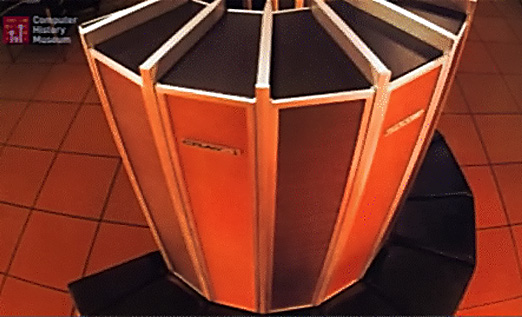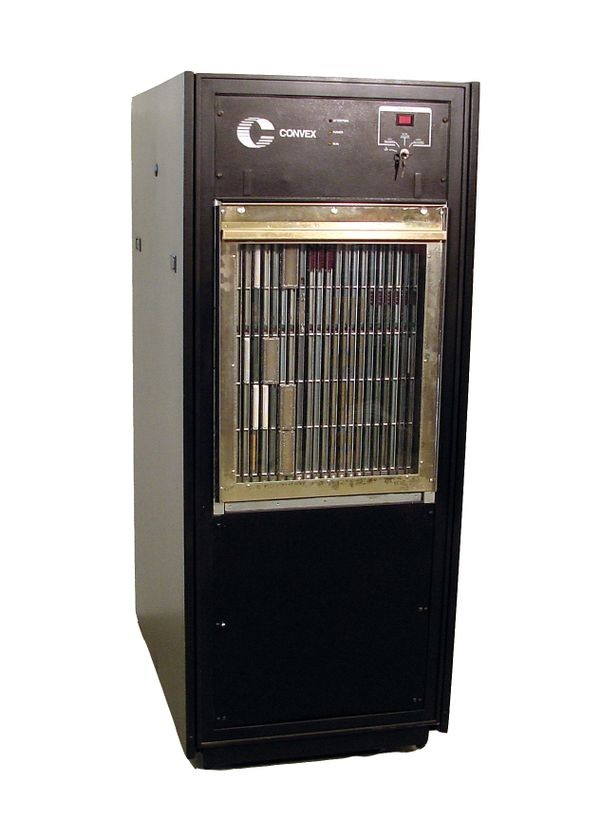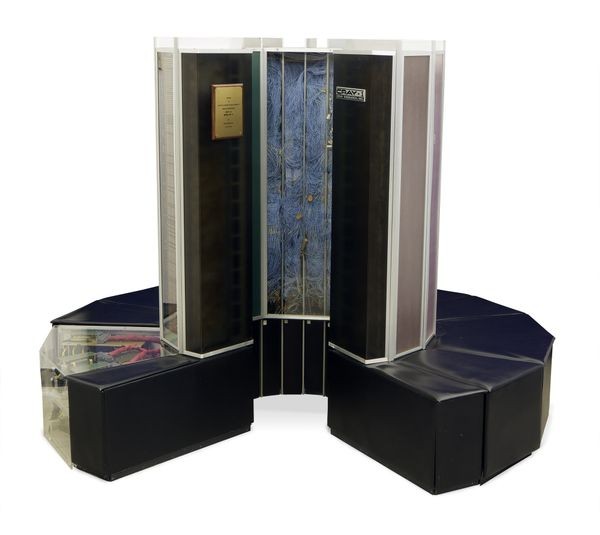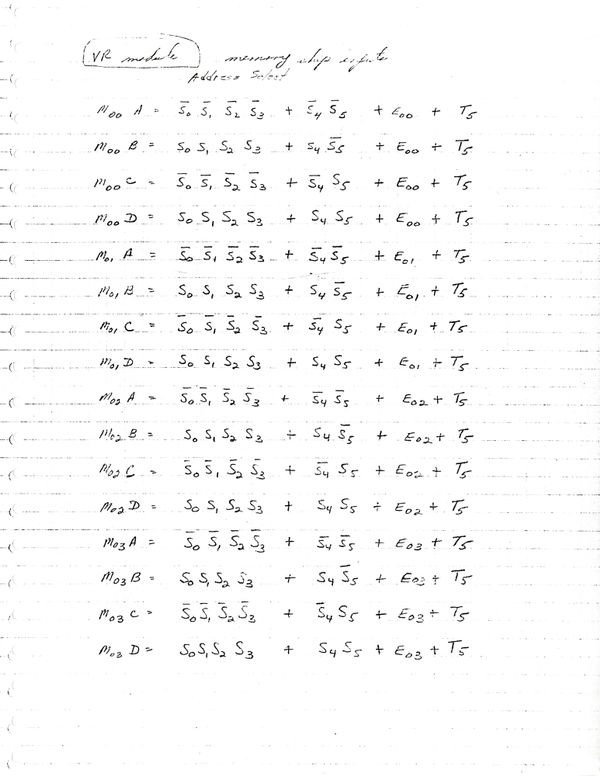The Cray-1 Supercomputer
The Cray Way
Seymour Cray, father of supercomputing, was a quiet man from Wisconsin who lived where he wanted to live, worked how he needed to work, challenged bureaucracy when it hindered progress, and, when necessary, humbly started over. His dogged persistence and staggering genius resulted in the fastest computers on earth.
The Cray-1 Supercomputer
Featuring a central column surrounded by a padded, circular seat, the Cray-1 looked like no other computer. And performed like no other computer. It reigned as the world’s fastest from 1976 to 1982.
Its distinctive design reflected Seymour Cray’s innovative engineering solutions and theatrical flair. The round tower minimized wire lengths, while the distinctive bench concealed power supplies. Densely packed integrated circuits and a novel cooling system reflected Cray’s attention to “packaging and plumbing.”
The Cray-1 was 10 times faster than competing machines. But speed came at a cost. It sold for up to $10M and drew 115 kW of power, enough to run about 10 homes.
Over 60 miles of wire snaked through the Cray-1, with no segment longer than 3’ to minimize signal delays.
Cray-1 Logic Column cutaway
This model shows how circuit boards were kept cool in the Cray-1. Copper plates between the boards conducted the heat into aluminum side channels, where Freon™ flowing through embedded stainless steel tubes carried it away.
View Artifact DetailComputer-generated rendering of the Cray-1 supercomputer
Cray-1 clock speed was 12.5 ns (80 Mhz), and almost all the logic was implemented using one type of ECL NAND gate. Instructions were 16 or 32 bits wide, operating on 24-bit addresses and 64-bit integer and floating point numbers.
View Artifact DetailConvex C-1
The Convex C-1 “minisupercomputer” was modeled on the Cray-1 architecture. Minisupercomputers were not as fast as supercomputers but offered excellent performance for the price.
View Artifact DetailCray-1A
For five years, this was the world’s fastest computer. Each Cray-1 was hand wired and took nearly a year to assemble. Its unique vector-processing design suited it to many critical computational problems, such as cryptography, bomb simulation, and aircraft design.
View Artifact DetailSupercomputer designer Seymour Cray in front of his Cray-1 computer
The Cray-1 was the fastest computer in the world for the next five years.
View Artifact DetailCray-1 Design Notebook
This notebook shows Seymour Cray's design drawings for the Cray-1 supercomputer. All done by hand, the notes use Boolean notation from which workers assembled and tested the system directly, without the use of schematic diagrams.
View Artifact Detail






